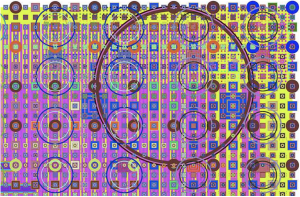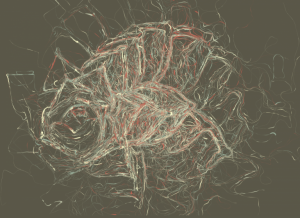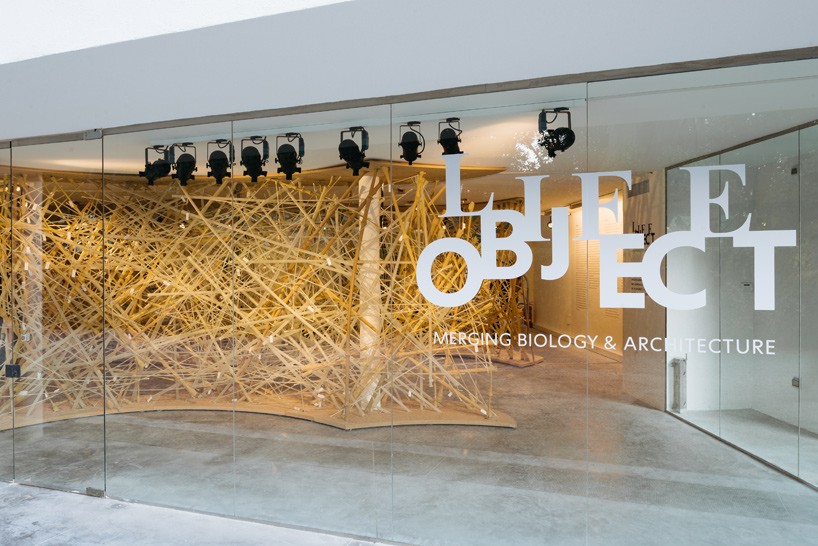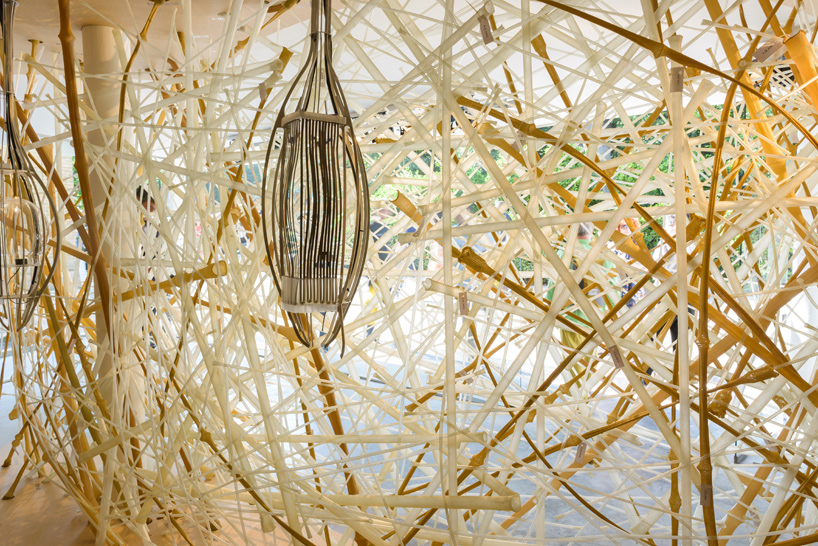‘A Musical Wall where Little People Live’ (2017) by teamLab is an interactive projection on a wall which reacts to physical objects that are placed on the wall. I agree that this project is “effective in its simplicity” which allows children to play and easily interact with the game-like aspect of the project. In addition, the project evoke a “sense of delight” not only for children but also for an adult as the projected plot and the characters stimulate genuine atmosphere for any age to enjoy. Exploring the relationship between virtual and physical world, the project blends the two different worlds through generative and creative way in which the users wander off and explore to find patterns. As interactive installations “allow for unlimited possibilities of expression and transformation,” the project definitely opens up possibilities for filed of art. As Fon assessed the possibility of this technology that “helps us rethink and expand the field of art,” its appliance in architecture could also be an interesting adaptation where architecture can incorporate interactive designs to explore different experiences of a single space.
link: https://courses.ideate.cmu.edu/15-104/f2017/2017/09/01/keuchuka-looking-outwards-01/
![[OLD FALL 2017] 15-104 • Introduction to Computing for Creative Practice](https://courses.ideate.cmu.edu/15-104/f2017/wp-content/uploads/2020/08/stop-banner.png)







